Results showed the inefficiency of this sole fishery, where 83 percent of marketable fish are lost through the use of required gear
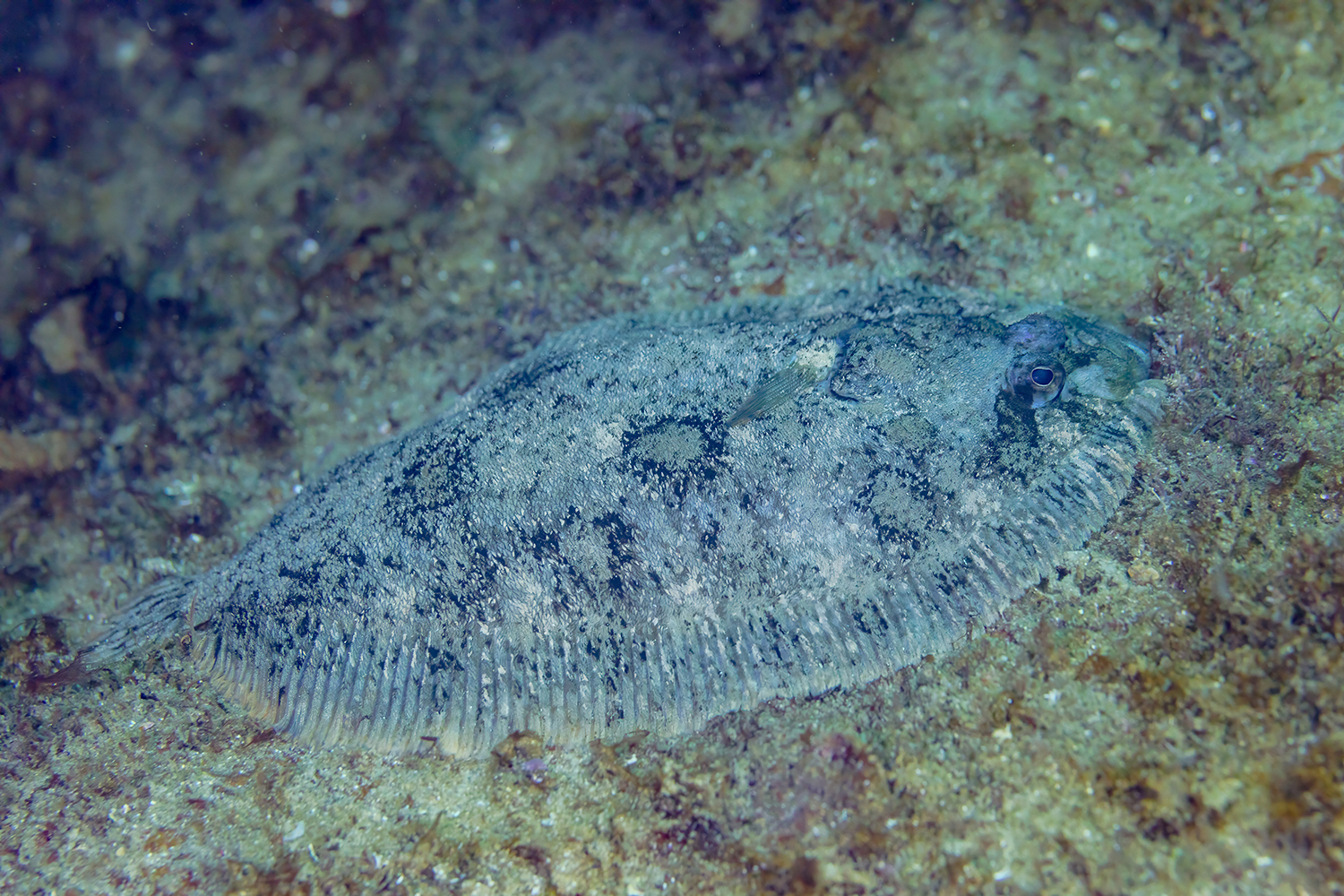
The common sole (Solea solea) is a high value species that supports an economically important fishery in its entire geographical distribution from Norway in the north to Senegal in the south. The Kattegat is part of the inner Danish waters and is bordered by Sweden and Denmark. In this area, the targeted trawl fishery for sole is a seasonal fishery conducted at night and fished when sole aggregate during autumn and winter at depths of 20 to 40 meters. According to the Danish Fisheries Agency, in Kattegat the value of sole landings constituted €3.9 million (about U.S. $4.43 million) on an annual basis corresponding to 28 percent (range 23–30 percent) of all demersal fish landings over the 5-year period from 2019 to 2023, while the fraction by weight was 8 percent (range 5–14 percent). Approximately 20 vessels participate in this fishery.
In directed sole fisheries in the North Sea and South of 56 degrees-N, the minimum codend mesh size allowed in beam trawls is 80 mm. In the demersal otter trawl fisheries in Kattegat and Skagerrak, minimum mesh sizes have increased over the last two decades, and additional selective devices have been implemented in legislation. Both measures were introduced to reduce unintended bycatch of juvenile round fish, in particular cod (Gadus morhua).
Currently, the targeted autumn/winter fishery for sole in Kattegat use a 90-mm codend with one of two large mesh escape panels mounted in the upper panel: i) a 270-mm diamond mesh or a 180-mm square mesh escape panel located 4–7 meters from the codline or ii) a 120-mm square mesh panel located 3–6 meters from the codline (only allowed during October–December). Panel ii was introduced specifically to allow for a smaller mesh size in the escape panel during the prime season for sole. However, when using either of these gears in the demersal otter trawl fishery for sole in Kattegat, fishers argue that a large fraction of the valuable catch is lost through the 90-mm codend meshes, and they also experience unintended losses of sole through the mandatory escape panels.
Despite the economic significance of the sole fishery, only a few studies have documented selectivity of sole in commercial mesh sizes, and none of these studies have focused on otter trawls. Furthermore, the effect of the mandatory escape panel used in the Kattegat fishery on size selectivity of sole is unknown.
This article – summarized from the original publication (Frandsen, R.P. et al. 2024. The challenge of harvesting common sole (Solea solea) in highly selective trawl fisheries. Journal of Sea Research, Volume 202, December 2024, 102550) – reports on the results of a study to estimate size selectivity for sole in commercial fishing gears used in Kattegat and Skagerrak, Denmark.
Study setup
A dedicated 10-day fishing trial was carried out in southwestern Kattegat with a commercial twin trawler part of the Kattegat sole fishery and chartered for this study. Fishing followed commercial practices for targeting sole, with relatively short tows (2−3 hours) conducted only at night (from sunset to sunrise), and the vessel’s own trawls were used. On one side, a plain nominal 90-mm diamond mesh codend (DIA) made of two panels (Fig. 1a) was mounted. On the other side, a four panel 90-mm diamond mesh codend with a 270-mm diamond mesh panel (DMP) was mounted (Fig. 1b). The two codends were fished simultaneously in a three-wire towing rig using the covered codend setup to collect individuals escaping the codends (Fig. 1c). The total catch in codends and covers was estimated by eye of the skipper and the entire catch of sole was length measured. No other species was measured but landings of all commercial species were recorded.
For detailed information on the study design and sea trials; and estimation of selection curves, parameters and performance indicators, refer to the original publication.

Results and discussion
Eighteen valid hauls were performed during the trial. There was no subsampling, and 17,814 individuals in the size range between 10 and 45cm were caught and length measured. The average haul duration was 2.3 (range: 2.0–2.7) hours with an average speed of 2.32 (range 2.30–2.33) knots. Depth ranged from 13 to 32 meters. Total catch weight ranged from 60 to 220 kg and catch composition in this targeted fishery was restricted to a few species, and 95 percent of the landings by weight consisted of sole with 55 percent and plaice (Pleuronectes platessa) with 40 percent. The remaining 5 percent consisted of brill, turbot, common dab and witch flounder.
In agreement with the fisher’s observations, our study demonstrated a severe loss of commercially sized sole through the codend meshes and an additional loss through the large mesh escape panel resulting in a total loss of 83 percent and thus a very low catch efficiency. This is expected to be a strong incitement for fishers to circumvent the technical regulations. If fishers comply with the regulations, trawling for sole will require a disproportionate effort to catch their quota. This may in turn challenge end user support, as an inefficient fishery will increase the industry’s environmental impact due to additional trawling effort, which produces carbon emissions and seabed impacts.
The catches of sole in the experimental study were high and allowed for an accurate estimation of selection parameters in commercially used otter trawls. The mesh selection factor (SF) for the diamond mesh codend was within the range obtained for beam trawls, which indicates that codend selection of sole in the two gear types was similar, despite differences in towing speed and gear construction; other authors reported similar findings for plaice. The two codends tested in this study were constructed of two (DIA) and four (DMP) panels respectively. The number of open meshes around the codend was consistent, but the difference in design could have affected the selective properties of the codend. However, the SF of the two codends was similar, which suggests that the difference in codend design did not affect selectivity of sole in this case.
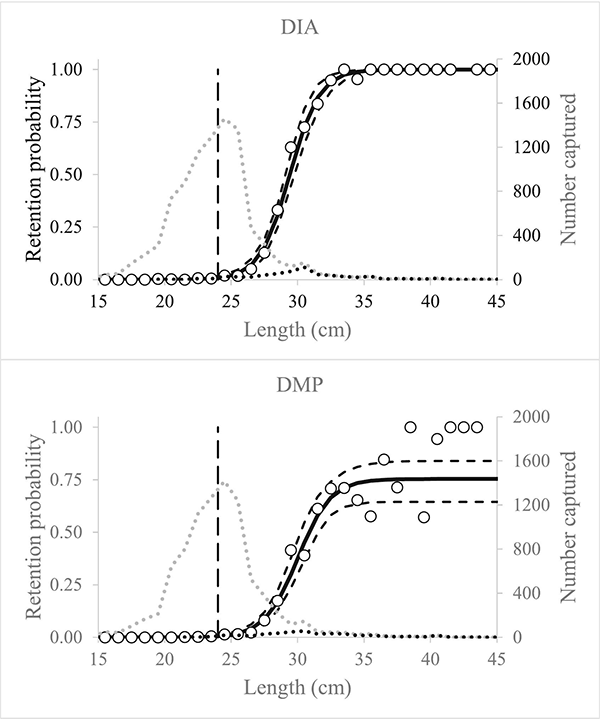
In mixed species trawl fisheries targeting sole, large mesh sections have been used to aid the escape of juvenile round fish while using otter and beam trawls. In contrast with the present study, in which a significant fraction of the legal sized individuals escaped through the large mesh panel, the previous studies reported no loss of sole. This difference may be explained by the position of the escape panel relative to the codline. In this study, the panel in the non-tapered extension was placed only 4–7 meters from the codline, whereas both Méhault et al. and van Marlen placed the large mesh section in the tapered forward part of the trawl body. Proximity of escape panels to the accumulation zone at the codline has previously been shown to have a significant positive effect on escape through panel meshes.
Study results demonstrate the need for a more efficient gear and at present, there is no additional selective device that will increase retention of sole without increasing the risk of catching cod. In other areas, the minimum mesh size in beam trawl fisheries targeting sole has been adjusted to the minimum conservation reference size, MCRS, of sole (i.e., 80 mm). Despite the fact that sole is targeted when aggregating, bycatch of juvenile and sensitive species can be considerable if mesh sizes are reduced, and selective devices removed. Additional control of catches is therefore needed.
Part of the fleet operating in Kattegat has installed on board CCTV (remote electronic monitoring, REM) on a voluntary basis. If the recorded data stream is used to count the entire catch against the vessel’s quota, this measure of control could facilitate a relaxation of technical regulations and thus allowing a freer gear choice. Fishers using REM could in such a setting, when target sole during their annual aggregation in deeper waters, use a more appropriate mesh size for catching sole efficiently while continuously being aware of and consequently avoid unwanted bycatch.
Further trials in this seasonal Autumn-Winter sole fishery show that such REM based relaxation regarding gear choice could be realistic since not a single cod was captured during our experiment. Furthermore, new technologies available to the fisher, such as real-time trawl cameras and automatic image analyses using artificial intelligence (AI), may, in near future, provide strong decision-making tools for fishers to minimize bycatch and optimizing catch. A combination of such technologies may address the challenge of harvesting common sole efficiently with minimized environmental impact.
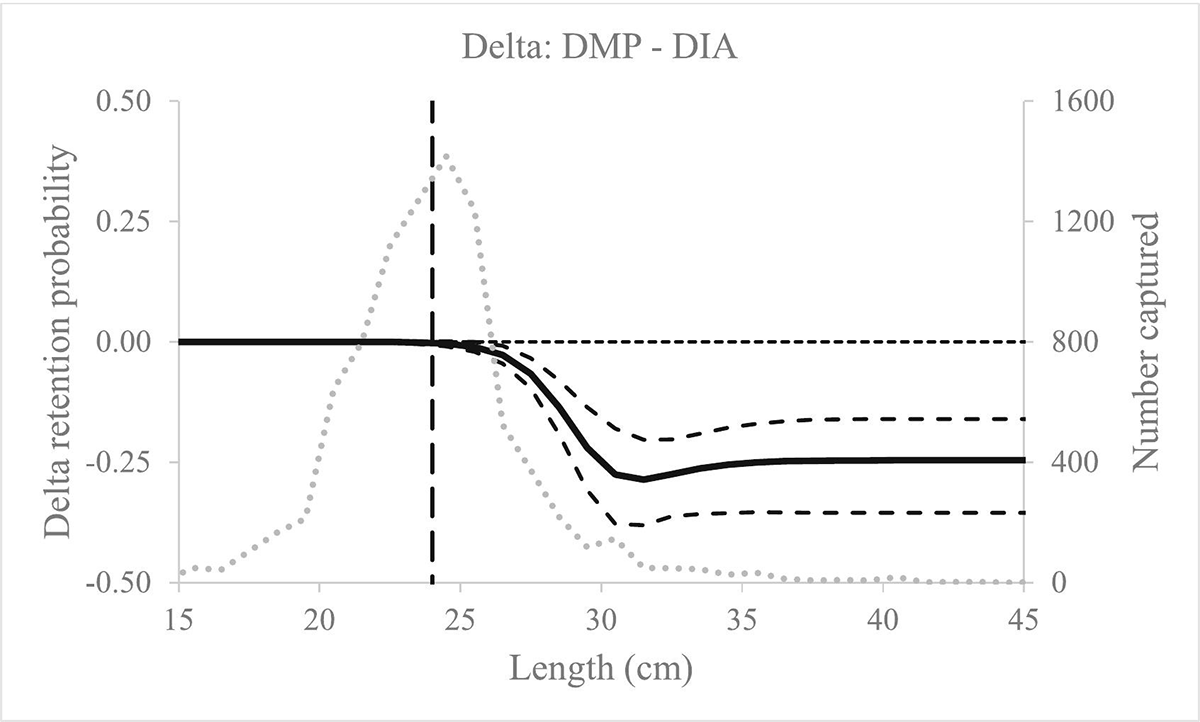
Perspectives
Study results found a severe mismatch between gear regulations and minimum conservation reference size of the target species. The outcome is a highly inefficient fishery in which only 22 percent (confidence interval: 18–27 percent) by weight of the marketable sole is retained in the 90mm diamond mesh codend. Further, we estimated that 25 percent (CI: 16–35 percent) of the sole entering the codend would contact the mandatory escape panel and escape, resulting in a total loss of 83 percent (CI: 79–87 percent) of marketable sole through the mandatory gear. The inefficiency in this fishery demonstrates the need for other means than gear specifications to regulate this type of fishery.
Now that you've reached the end of the article ...
… please consider supporting GSA’s mission to advance responsible seafood practices through education, advocacy and third-party assurances. The Advocate aims to document the evolution of responsible seafood practices and share the expansive knowledge of our vast network of contributors.
By becoming a Global Seafood Alliance member, you’re ensuring that all of the pre-competitive work we do through member benefits, resources and events can continue. Individual membership costs just $50 a year.
Not a GSA member? Join us.
Authors
-
Rikke Petri Frandsen
DTU Aqua, National Institute of Aquatic Resources, Technical University of Denmark, North Sea Science Park, DK-9850 Hirtshals, Denmark
-
Ludvig Ahm Krag
DTU Aqua, National Institute of Aquatic Resources, Technical University of Denmark, North Sea Science Park, DK-9850 Hirtshals, Denmark
-
Bent Herrmann
Corresponding author
DTU Aqua, National Institute of Aquatic Resources, Technical University of Denmark, North Sea Science Park, DK-9850 Hirtshals, Denmark
Tagged With
Related Posts
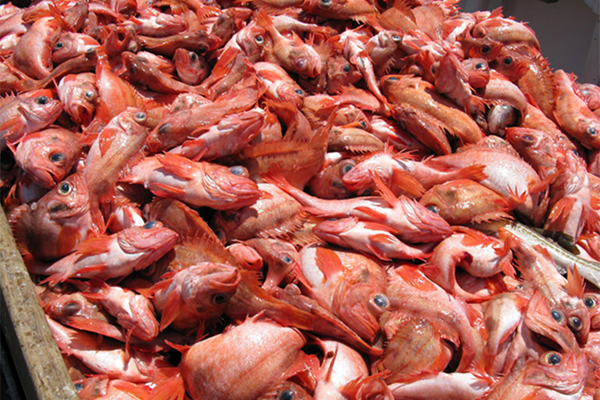
Fisheries
Developing a full-scale shaking codend to reduce the capture of small fish
A shaking codend could stimulate fish movement and increase contact probability, both of which could increase the escape chances for small redfish.

Responsibility
A wider view: At GOAL, focus steers to fisheries, food systems and the future
During the virtual event, researchers discussed the importance of aquatic foods, which billions worldwide rely on for protein and micronutrients.
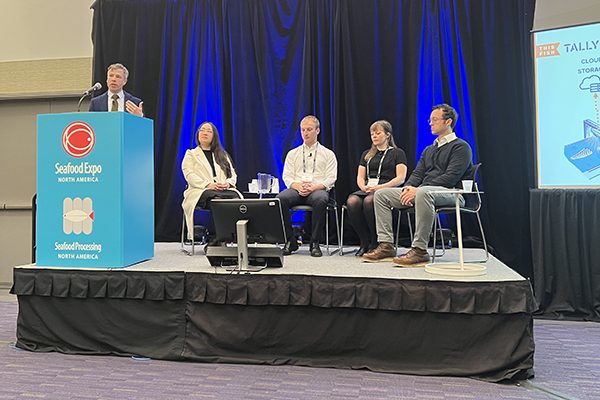
Intelligence
AI is becoming an ‘integral part’ of fisheries management and seafood processing
Artificial intelligence (AI) is playing a larger role in seafood, as data is at the heart of the so-called fourth industrial revolution.
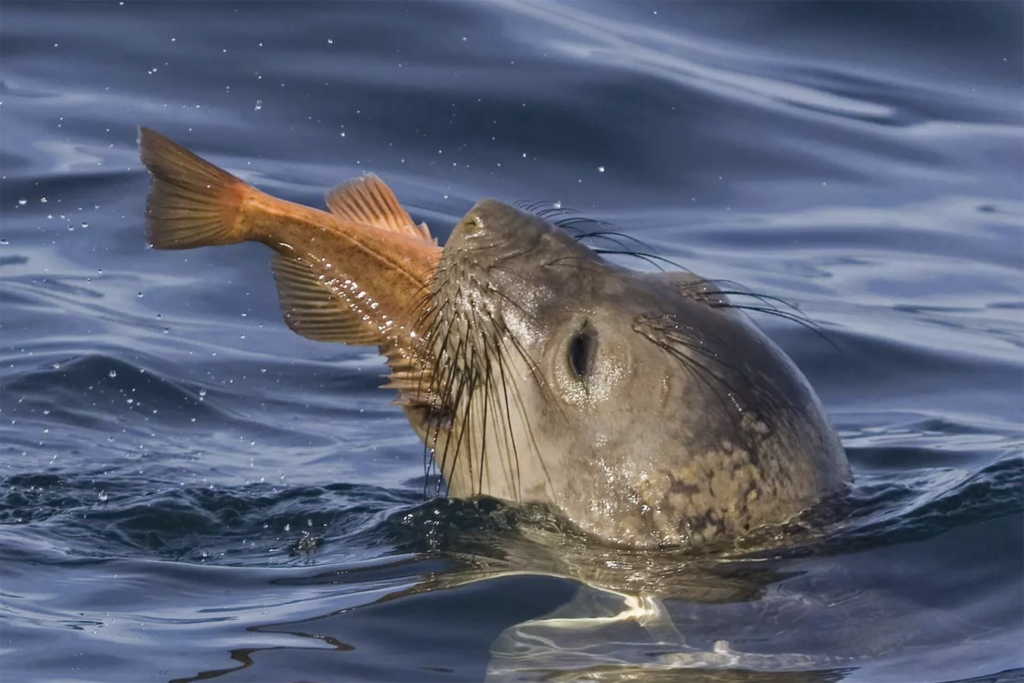
Innovation & Investment
Responsible Fisheries Innovation Award Finalist: GenusWave and its Targeted Acoustic Startle Technology
To reduce predation and increase catch, GenusWave uses brief sounds to startle marine mammals, using technology to target specific species.



